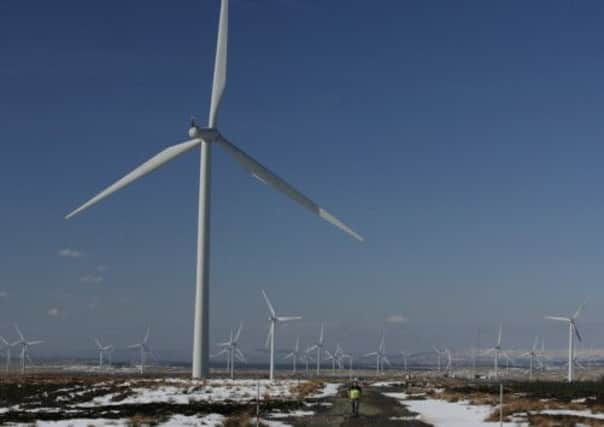Roger Cox: Mountain writers running out of space


When the ever-growing book mountain on my desk began to threaten the health and safety of those around me I tried emailing the editor, asking for a few months at home in front of the fire so I could work my way through them, but apparently that sort of thing is frowned upon so instead I have been reduced to dipping into them at random, trying to get a sense of which ones to promote to the top of the “to read” pile and which ones to relegate to the bottom.
There are many disadvantages to this approach, but one of the up-sides is that it makes it easy to play games of compare and contrast. Who describes their exploits with the most modesty? Who manages to brush off near-death experiences with the most casual understatement?
Advertisement
Hide AdMy favourite game has been searching for the best descriptions of Scottish landscapes, and by “best” I mean the most evocative – the ones that pick you up by the scruff of the neck and transport you to the scene in question. Outdoorsfolk can be surprisingly reticent when it comes to waxing lyrical about the places they love, but when they do let fly with a purple passage it’s usually worth the wait.
Max Landsberg’s description of Rannoch Moor in his account of his first Munro round, The Call of the Mountains (Luath Press, £20), is one of the best I’ve found so far. “This featureless moorland,” he writes, “sports murky lochans and bog-pools that dress themselves up as pristine in the sun’s reflection, their vivid blues contrasting, tartan-like, with the earthy tones of the surrounding land.” Trailblazing climber Gwen Moffat, meanwhile, in her autobiography Space Below My Feet (Phoenix, £12.99), paints a majestic picture of the view from the top of Gars Bheinn, the southernmost peak of the Cuillin Ridge. “The sea, three thousand feet below, was seamed and laced with silver shallows,” she writes. “Farther out a band of cumulus was stretched across the sky – white with blue depths – and Rhum brooded in the shadow.”
My King of the Purple Passage, however, is the late, great Tom Weir, for this description of a Sutherland rainstorm in a new anthology of his writing edited by Hamish Brown (Sandstone Press, £14.99).
“Through a curtain of rain, beyond an inky loch and in the space between the dim crag of Arkle and the shadowy cone of Ben Stack was a weird jumble of flat-topped mounds, blurred and mysterious, cradling lochans below bulging shoulders, gleams of water that might have been the abiding place of everything supernatural. The whole gaunt and naked landscape was empty of man or any sign of man, a place where the elements could roar and thrash their rains on the tumbled glacier beds belonging to past geological time.”
It’s an awe-inspiring image. But now try picturing the same scene, only with 47 giant wind turbines spinning away among the lochans. Kinda kills the whole supernatural vibe, doesn’t it? And yet this very thing could be about to happen just 35 miles to the east of Ben Stack – right in the middle of Sutherland’s beautiful and ecologically sensitive Flow Country – if electricity company SSE is given the go-ahead for its proposed Strathy South windfarm development by the Scottish Government. There are various other large-scale windfarm schemes in the offing in or near areas of wild land around Scotland, notably in the Monadhliath Mountains, on the edge of the Cairngorms National Park.
According to Scottish National Heritage, as of 2009 just 28 per cent of Scotland was “unaffected visually by any form of built development” – or, as Tom Weir would have put it, “empty of man or any sign of man.” Yes, of course we need to switch to renewables, but have the big energy companies really examined all of the “affected” 72 per cent and found it wanting? Really? Perhaps they should be made to look again. God knows they can afford to do the research.